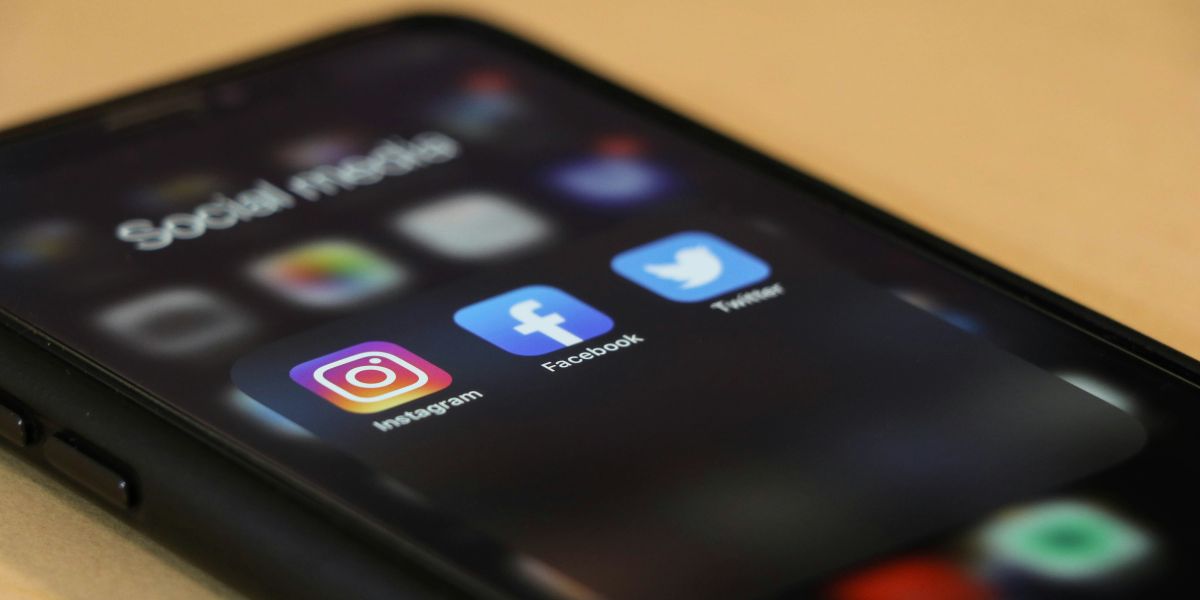

Twitter Networking: How to Build Valuable Professional Connections Online
In today’s digital-first world, Twitter remains one of the most dynamic platforms for professional networking. With real-time conversations, direct access to industry leaders, and an open ecosystem for engagement, it offers a unique opportunity to build and nurture valuable connections that can influence your career or business trajectory.
Whether you're a job seeker exploring new opportunities, an entrepreneur looking to grow your brand, a professional seeking peer-to-peer knowledge sharing, or a business owner working to extend your digital footprint, Twitter can be a game-changing tool when used strategically. It offers visibility, credibility, and interaction with audiences that matter.
At Macildowie, we understand the power of social media in shaping careers and corporate identities. We work with clients to maximise platforms like Twitter by helping them strengthen both personal and employer branding. Through smarter networking practices, we ensure you're not just present online but genuinely influential.
Setting Up for Success: Optimising Your Twitter Profile
Your Twitter profile is the foundation of your online presence. Think of it as your homepage - a place where people land, scan quickly, and decide whether to follow or engage with you.
Your bio is the first element many users read. Keep it sharp and informative. It should reflect who you are, what you do, and the topics you're interested in. Use clear, jargon-free language, and consider including keywords related to your industry or role to improve discoverability. Adding a touch of personality helps make the bio memorable, but avoid anything too casual or off-brand if you’re using Twitter for professional purposes.
Your profile photo should be a high-resolution, recent headshot where your face is clearly visible. If you represent a business or a team, a branded image might be appropriate. The banner is your chance to add visual context - a clean, well-designed image that reinforces your identity, such as a branded graphic, a professional setting, or a quote that reflects your ethos.
Pinning content to your profile is underused but highly effective. Choose a tweet that represents your voice and value - perhaps a link to a blog, a Twitter thread explaining a key idea, or an announcement about your latest achievement. This draws attention to the content you want people to see first.
Adding links to your profile, such as your LinkedIn, online portfolio, or business website, creates a seamless bridge between your Twitter activity and the broader context of your professional life. Make it easy for people to find out more about you and get in touch through other channels.
Building and Engaging Your Network
Building a meaningful network on Twitter requires more than just following a few accounts and tweeting occasionally. It starts with finding the right people. Use Twitter’s search bar to look up topics or job titles relevant to your industry. Explore hashtags that your community uses, such as #HRTech, #MarketingLife, or #LegalJobs, depending on your focus.
Once you've identified relevant people - recruiters, clients, peers, or thought leaders - follow them and observe their content. Pay attention to who they engage with and how they write. This can give you a deeper understanding of the tone and rhythm of the conversations happening in your space.
But building a network doesn’t stop at who you follow. It’s about being seen and being known. Engage actively and authentically. When you see a post that resonates, don’t just like it; comment with a short insight, add a useful perspective, or ask a question that drives the conversation forward. These interactions create micro-touchpoints that, over time, position you as someone worth following back.
Start your own conversations too. If you read a great article, tweet about it. If you’ve learned something from a recent project or meeting, share a quick takeaway. Tag people if their work inspired you. Twitter rewards honesty, curiosity, and value-sharing over self-promotion.
To keep your networking focused, consider using Twitter Lists. These help you organise who you follow into categories that make sense to you. You might have a list for recruiters, one for competitors, and another for industry news sources. This helps you avoid information overload and makes your networking efforts more efficient.
Twitter Spaces and Communities offer new, rich ways to connect. Communities let you gather around specific interests. Spaces are live audio chats where you can listen, contribute, or even host discussions. These real-time formats are brilliant for establishing credibility and making your voice heard. They also lower the barrier to entry. Sometimes it’s easier to talk than to write, and Spaces offer just that.
Sharing Valuable Content and Insights
To grow your presence and influence on Twitter, content is everything. The best content adds value. That could mean explaining a new regulation in plain English, summarising insights from a recent event, or even reflecting on a challenge you've overcome and what it taught you. People follow accounts that help them learn, think differently, or feel inspired.
Case studies, client success stories, job tips, and career updates all make for compelling content. Don’t feel restricted to formal posts either. A quick observation from your workday, if phrased well, can spark plenty of engagement.
The key is to post consistently. You don’t need to tweet every day, but a couple of times a week keeps your profile active. Regular posting keeps you top of mind, but it also feeds Twitter’s algorithm and increases the chance your content will be seen.
Tone matters. Avoid overly corporate or stiff language. Write how you speak in a meeting - clear, warm, and professional. If your voice is approachable and your content is useful, you’ll attract a following that’s genuinely interested in what you have to say.
Hashtags help surface your content beyond your followers. Use a blend of popular and niche tags, but avoid overloading each tweet. Two or three well-chosen hashtags are enough. Threads, meanwhile, let you tell stories or explain complex ideas across multiple tweets. They require a strong opening line to hook readers, a logical structure to keep them engaged, and a closing call to action to encourage replies or shares.
Leveraging Twitter for Job Searching and Business Development
If you're job hunting, Twitter can be a goldmine. Many recruiters post openings directly to their feeds, often before they appear on job boards. Following the right accounts - including hiring managers, internal recruiters, and sector-specific job aggregators - can give you a head start.
You can also be proactive. Announce your job search with intention: share what you’re looking for, what you bring to the table, and what kind of organisation you'd thrive in. Keep it focused and optimistic. Tag relevant people or companies if appropriate, and invite your network to amplify your post.
Celebrating wins, even small ones like passing a course or finishing a project, keeps your momentum visible. It reminds your network you’re active, engaged, and ready for your next step.
For businesses and entrepreneurs, Twitter is a channel to showcase thought leadership. Share what your team is working on, comment on sector news, and reflect on the lessons you've learned in your journey. When done well, this demonstrates your capability without overtly selling.
Lead generation on Twitter is subtle but effective. Engage with potential clients by commenting on their content, answering their questions, or sharing useful insights. Over time, these interactions build trust and often lead to direct messages, meetings, and business opportunities.
How Macildowie Helps You Build Your Online Network
At Macildowie, we do more than recruitment. We help you build a strategic online presence that opens doors.
We work closely with both individuals and businesses to define their voice, clarify their messaging, and ensure their social media activity aligns with their goals. From employer branding to EVP creation and audience targeting, we make sure your content doesn’t just exist - it works.
Our consultants bring deep market insight and a hands-on approach to personal and corporate brand building. Whether you need help refining your Twitter presence, connecting with decision-makers, or aligning your digital strategy with hiring and retention goals, we provide practical support and proven frameworks.
We believe your online activity should support your offline success. That’s why we integrate social strategy into everything we do.
Conclusion
Twitter is more than a social platform; it’s a strategic tool for professionals who want to grow their network, visibility, and opportunities. With a clear profile, a steady stream of valuable content, and a focus on authentic engagement, you can use it to build real professional relationships that move your career or business forward.
Stay active, stay intentional, and always lead with value. Whether you're job searching, hiring, or building a brand, Macildowie is here to help you translate online activity into real-world outcomes.
Frequently Asked Questions
Yes – it remains one of the most open and fast-moving platforms for connecting with recruiters, experts, and industry leaders.
Focus on actionable tips, personal wins, insights from your field, and thoughtful engagement in ongoing discussions.
Look at your engagement levels, the quality of conversations you’re having, your follower growth, and whether opportunities, like introductions, DMs, or job leads, are starting to appear.









